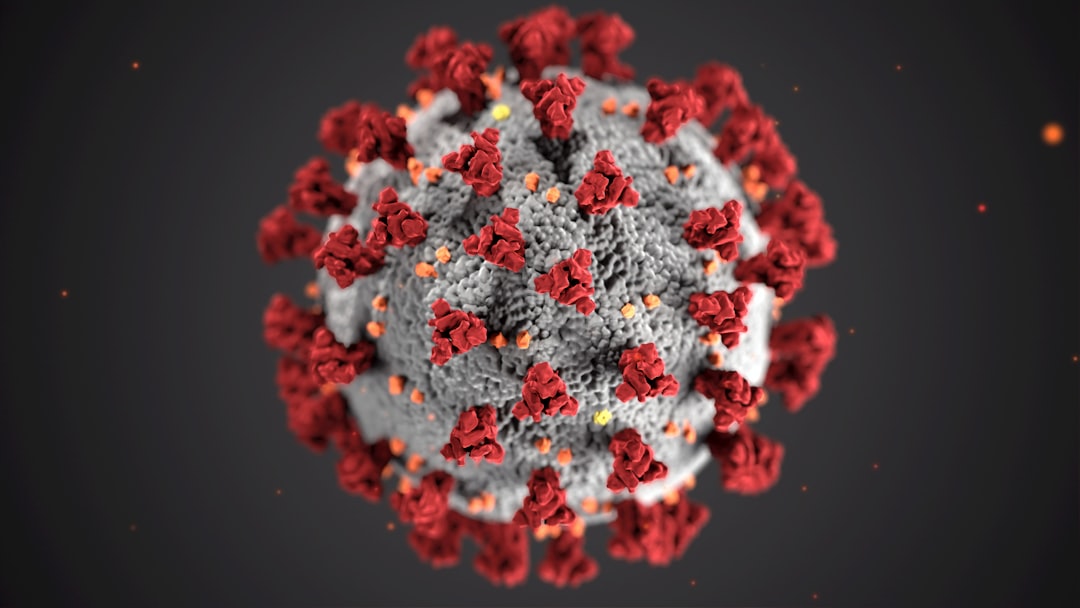What is it about?
A new naphthalimide derivative bearing a tetrathia-azacrown for high affinity and selective binding to Cu+ was synthesised. Copper recognition properties in solution were evaluated using 1H NMR and fluorescence spectroscopy. Live cell imaging by confocal microscopy highlighted the capabilities of the new sensor for the two-wavelength detection of intracellular monovalent copper in neuronal cells.
Featured Image
Why is it important?
The possibility to track monovalen copper ion in neuronal cells using confocal fluorescent microscopy in two-wavelenght detection mode is a powerfull tool to understand the role of this metal ion in the arise of some neurodegenerative disorders
Read the Original
This page is a summary of: A ratiometric naphthalimide sensor for live cell imaging of copper(i), Chemical Communications, January 2013, Royal Society of Chemistry,
DOI: 10.1039/c3cc42069h.
You can read the full text:
Resources
Contributors
The following have contributed to this page










